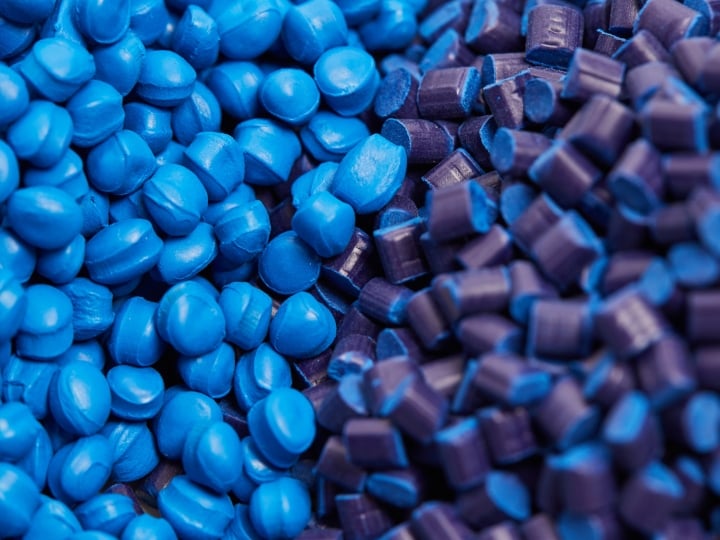Melt Flow Index, Melt Flow Rate testing to ASTM D1238 or ISO 1133 Standards
Scope:
Melt Flow Rate measures the rate of extrusion of thermoplastics through an orifice at a prescribed temperature and load. It provides a means of measuring flow of a melted material which can be used to differentiate grades as with polyethylene, or determine the extent of degradation of the plastic as a result of molding. Degraded materials would generally flow more as a result of reduced molecular weight, and could exhibit reduced physical properties. Typically, flow rates for a part and the resin it is molded from are determined, and then a percentage difference is calculated. Alternatively, comparisons between "good" parts and "bad" parts may be of value.
Test Procedure:
Approximately 7 grams of the material is loaded into the barrel of the melt flow apparatus, which has been heated to a temperature specified for the material. A weight specified for the material is applied to a plunger and the molten material is forced through the die. A timed extrudate is collected and weighed. Melt flow rate values are calculated in g/10 min.
Specimen size:
At least 14 grams of material
Data:
Flow rate = ( 600/t x weight of extrudate )
t = time of extrudate in seconds
melt flow rate = g/10 min.
**Please note that this test description is intentionally generic in nature and aimed at providing a descriptive summary to enhance test understanding. Standards can be obtained from appropriate standard authorities.
Polymers News and Events
NEW SERVICE: CircularAssure - Services to help you close the loop in the circular economy for plastics
ARTICLE: Processability and evaluation programmes for recycled plastic materials
ARTICLE: Adhesives Quality Assurance Testing Programs
ARTICLE: Enabling Polymer Non-Wovens Development
CASE STUDY: Polymer Surface Contamination Resolution
CASE STUDY: Elastomer Seal Material Failure
CASE STUDY: Polymer Failure - Distribution and Dispersion of Fillers

